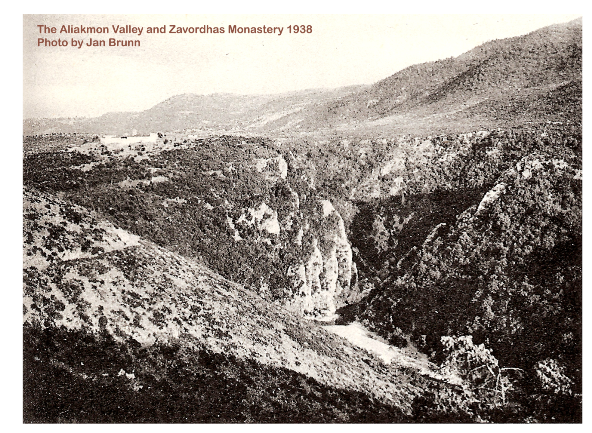Symposium Goals
On behalf of the Institute of Geology and Mineral Exploration, I extend our warmest welcome to Greece. The geology of Greece is one of its greatest legacies – it is woven into the mythology of the ancients; its active volcanic and seismic activity impacts our history and, in turn, that of Western civilization; it has been decisive in our economic development. Greek geology is complex, its study has contributed to the education of geologists worldwide and continues to do so with programs such as the Aliakmon Legacy Project. During this field symposium, you will be visiting sites among the geologic wonders of our country, several among the most important in development of plate tectonic theory. Some sites on this trip are presented to the international community for the first time, and we feel certain their interpretation will be incorporated in developing scientific theory for decades to come. |
||
| --Prof. Charalambos Tsoutrellis, President of IGME | ||
The importance of the Symposium field area:
“…The outcrop along the road from Deskati to the Aliakmon, I think it might be the most complete and significant outcrop of the base of ophiolites in the world.” |
||
| --Jan Brunn, 2001 | ||
Since Jan first documented that outcrop in 1938, as well as many other outcrops we will be visiting during our symposium, its geology has remained unchanged. Geological theory, however, has changed and continues to change. How we see that ophiolitic base today is within a framework of plate tectonics, of initial rifting of Pangea, the rift-drift history of a Tethyan ocean basin, complex mechanisms of ocean lithospheric emplacement, and the exhumation of a continental margin.
Some of this original outcrop area at the base of the Vourinos ophiolite will be lost with the completion of the Ilariona Dam, an important new energy resource. With funding from the Public Power Corporation of Greece, IGME has administered an international educational program, the Aliakmon Legacy Project, to aid in a final scientific documentation of its historic geology.
Our symposium will showcase this legacy of Greek geology, as well as examine some aspects of the regional geology essential to its interpretation. Among the areas to be visited are the Koziakas ophiolite, the W Pelagonian margin, the Vourinos ophiolite, and critical localities of the Pindos ophiolite. As we have renewed study of the Aliakmon valley, we have also found our ideas evolving in these areas as well; with the aid of the symposium participants, we hope that lively discussion will not merely clarify problems in past interpretations, but help bring the area once again to the cutting-edge of geologic research.
